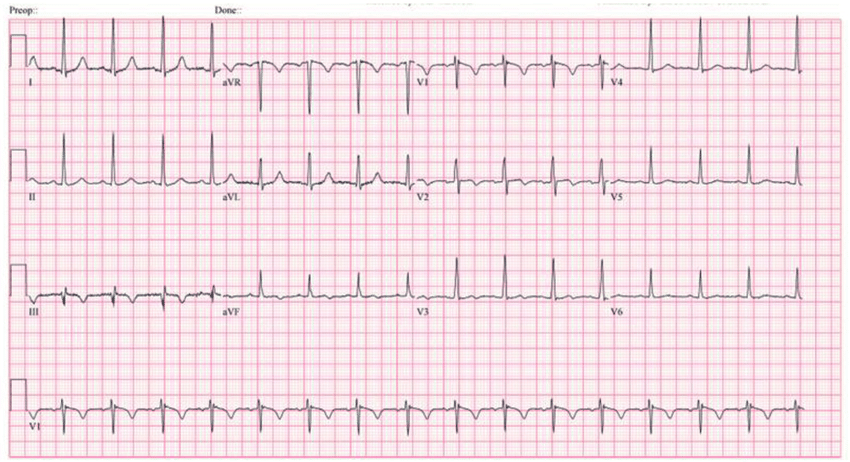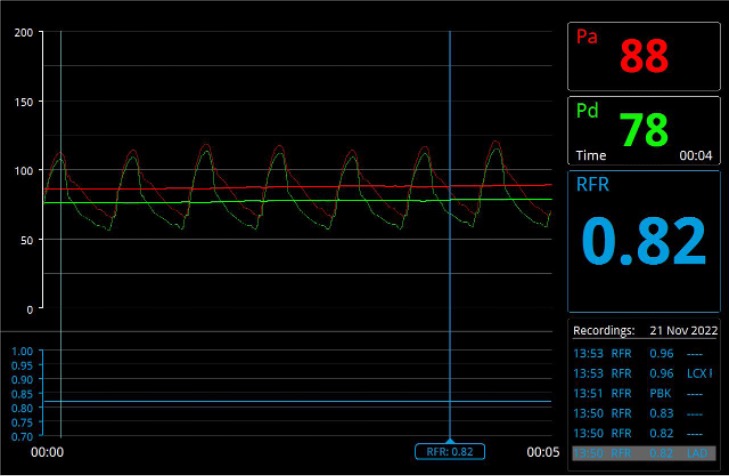CASE20230823_007
A Cheesy Story to Be Told
By Ka Ho Kevin Kam
Presenter
Ka Ho Kevin Kam
Authors
Ka Ho Kevin Kam1
Affiliation
Prince of Wales Hospital, Hong Kong, China1,
View Study Report
CASE20230823_007
Imaging & Physiology - Invasive Imaging (IVUS, OCT, NIRS, VH, etc)
A Cheesy Story to Be Told
Ka Ho Kevin Kam1
Prince of Wales Hospital, Hong Kong, China1,
Clinical Information
Relevant Clinical History and Physical Exam
This is a 69-year-old gentleman, he has known history of hypertension, hyperlipidaemia and impaired fasting glucose, currently on amlopidine and atorvastatin. He complained of recurrent exertional angina for few months. He did not have any shortness of breath or heart failure symptoms. His family history was unremarkable. On physical examination, his JVP was normal, dual heart sound with no added murmur, his chest was clear on auscultation.


Relevant Test Results Prior to Catheterization
ECG showed non-specific T inversions over V2-3 and inferior leads and his serial hsTnT were negative.


Relevant Catheterization Findings
Coronary angiogram showed normal LMS and RCA, there was mild haziness at proximal LAD artery and an intermediate lesion at mid segment of LCx artery.
 Coro_1.mp4
Coro_1.mp4
 Coro_2.mp4
Coro_2.mp4
 Coro_4.mp4
Coro_4.mp4
Interventional Management
Procedural Step
Functional resting full-cycle ratio (RFR) was positive (0.82) for pLAD lesion and was negative (0.96) for mLCx lesion. To investigate the coronary haziness, optical coherent tomography (OCT) was performed to delineate the underlying cause of coronary ischemia. OCT imaging of pLAD demonstrated recanalization of an organized thrombus, thus it was suggestive of recent coronary thrombosis which was partially resolved. This was labelled as “Swiss Cheese” appearance with multiple small channels divided by thin septa surrounded by a larger central lumen. A drug-eluting stent (DES) 3.0x26mm was placed at pLAD to restore normal coronary flow and prevent future risk of thrombotic occlusion.
 OCT_1.mp4
OCT_1.mp4
 OCT_2.mp4
OCT_2.mp4


Case Summary
This case illustrated the beauty of OCT in sorting out the cause of coronary haziness. Recanalization of an organized thrombus is one of the important differential diagnoses that has to be considered, most of these lesions are functionally significant and require revascularization by stenting.
